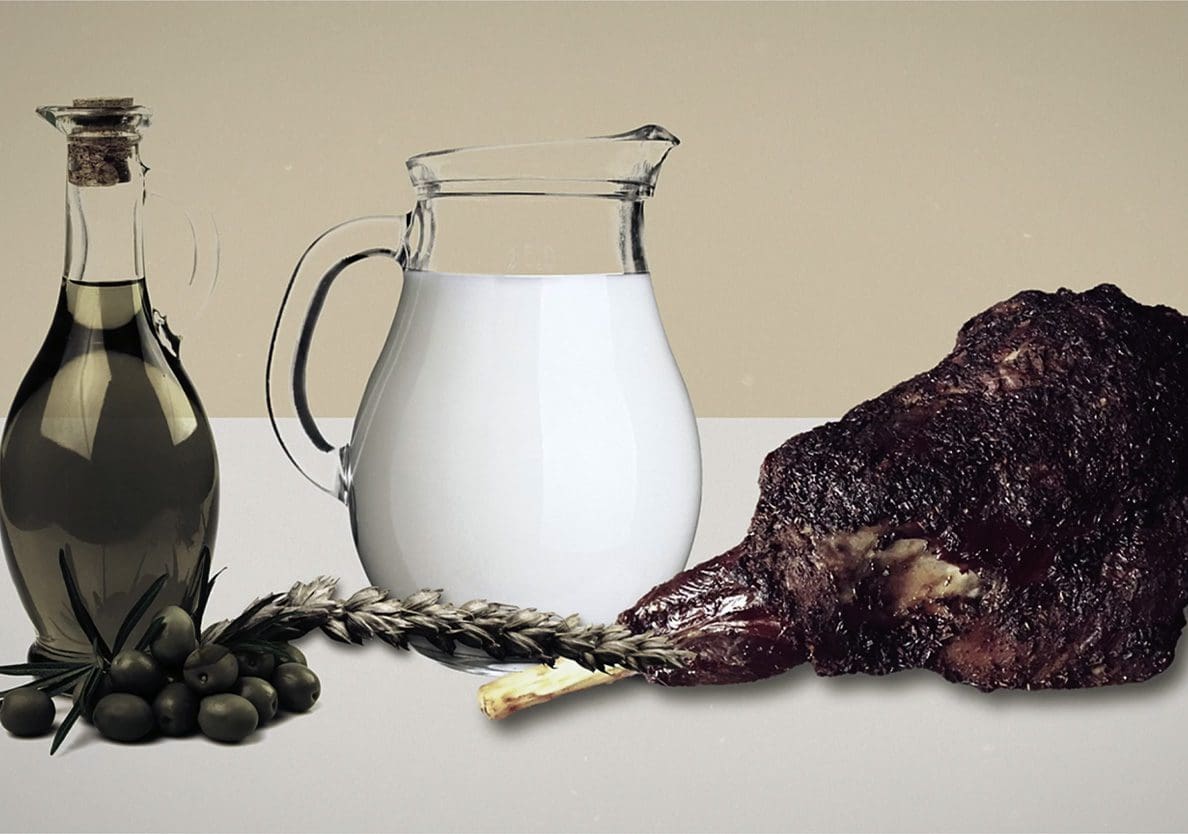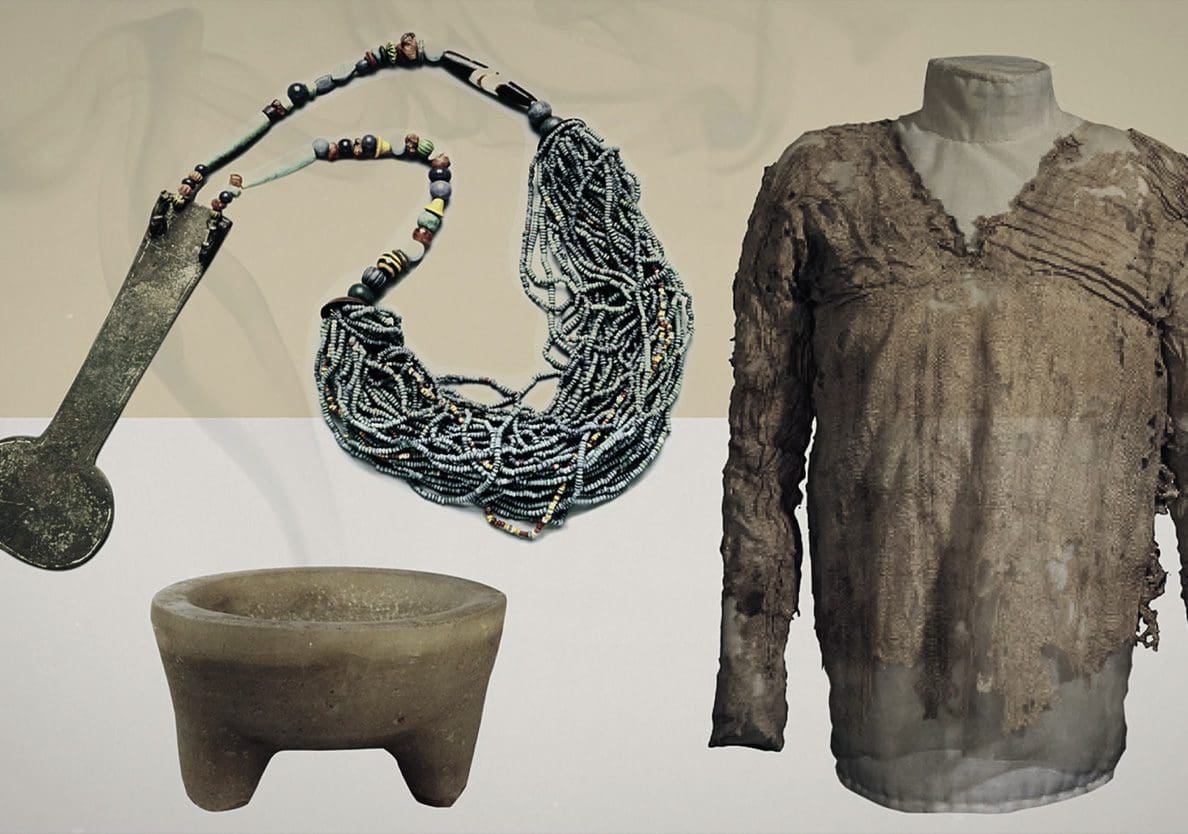In the ancient Near East, religious sacrifices were extremely common. They were offered to various deities and consisted of valuable consumable resources like animals, grains, drink and oil, as well as culturally prized items like incense, clothing, jewelry, precious metals and stones.
When thinking of the Bible, most readers will likely associate religious sacrifices and offerings with the Law of God recorded in Exodus through Deuteronomy. The Law limited and legislated religious sacrifices for Israel at its inception as a nation (c. 1446 BC). Before this time however, the Bible clearly reflects what history also does – that religious devotion expressed in sacrifices and offerings was already widespread.
“This history shows that sacrifices were apparently always a part of the human experience, at least a part of it after the moral fall of Genesis 3.”
The first Biblical record of offerings to God comes from Genesis 4 and the tragic lives of Cain and Abel. Cain and Abel brought offerings to God but only Abel’s was accepted. Cain’s jealousy and anger ended in Abel’s murder. This history shows that sacrifices were apparently always a part of the human experience, at least a part of it after the moral fall of Genesis 3. This story leaves the reader with many questions: Why were Cain and Abel giving sacrifices? And where: was there a special place they went to offer? What exactly made Cain’s offering unacceptable?
Regardless, Jewish tradition points to Moses as the author/compiler of the book of Genesis, and as Moses was delivering the Law of God – including regulations about acceptable sacrifices – perhaps one of the main points is that there have always been acceptable and unacceptable sacrifices. The Law of Moses then lays out an official record of what was appropriate as religious expression towards God. There were five main offerings:


The Burnt Offering (Leviticus 1) was a way of calling on God and was accompanied by prayers (1 Sam.9-10). An acceptable animal would be killed, washed and entirely burned up on the altar.
The Grain Offering (Leviticus 2) could be given alone, often accompanied Burnt Offerings, and could replace the animal of a burnt offering in the case of a poor offerer (Lev. 5:11). They were made of either raw fine flour and oil, or baked bread and cakes accompanied with incense. Grain offerings were partially burned on the altar and the rest was given to the priests.
The Fellowship or Peace Offering (Leviticus 3) was essential a meal shared by God, the offeror and priests; symbolically representing their covenant relationship. Certain portions were burned up to God, with the worshipper and priests eating the rest of the animal.
The Sin Offering (Leviticus 4) was given to cleanse a person from sin or ritual impurity. It consisted of a specific sacrificed animal, a portion of whom would be burnt on the altar and the rest of whom would be given as food for the priests of Israel.
The purpose of the Guilt Offering (Leviticus 5-6) was to make amends for mistreating any of the things of God, or the people of Israel. The offeror had to reimburse for any stolen or damaged goods and then they had to make an offering of an animal at the Temple.

Corie Bobechko is a daily co-host, speaker, and writer of Bible Discovery. She also hosts a YouTube channel that shows how history and archaeology prove the Bible. Her heart for seekers and skeptics has led her to seek truth and share it with others. Corie also has a Bachelor of Theology from Canada Christian College.






